"Everything is unscathed!" The guarantee comes from Pedro Valadas Monteiro, regional director of Agriculture and Fisheries, who assured the Sul Informação that the construction of a new road, on land currently belonging to the Tavira Agricultural Experimentation Center (CEA), will not affect the traditional fruit trees and other collections of plant material, nor any of the “most emblematic buildings”.
More than giving the guarantee that the agrarian, cultural and built heritage of the CEA Tavirense will be preserved, the head of the Regional Directorate of Agriculture and Fisheries of the Algarve sees this intervention as an opportunity.
«What I intend now, more than thinking about what is already definitive, is to think about the future. This intervention will not destroy the center and will not jeopardize the projects for the future that we have for the CEA in Tavira. On the contrary. This may be the opportunity to move forward with projects that were in the drawer and that, until now, there were no conditions to put them into motion», said Pedro Valadas Monteiro.
«I think that now, once and for all, we are able to make a project for the future for that center, something that makes us DRAPAlg technicians proud, on the one hand, and, on the other, that can be placed at the service of the Tavirenses, from the region and from the Portuguese», he reinforced.
The same does not think one citizen group, who see in the construction of this road a threat to the continuity of the center itself and a death sentence for the plant collections that exist there.
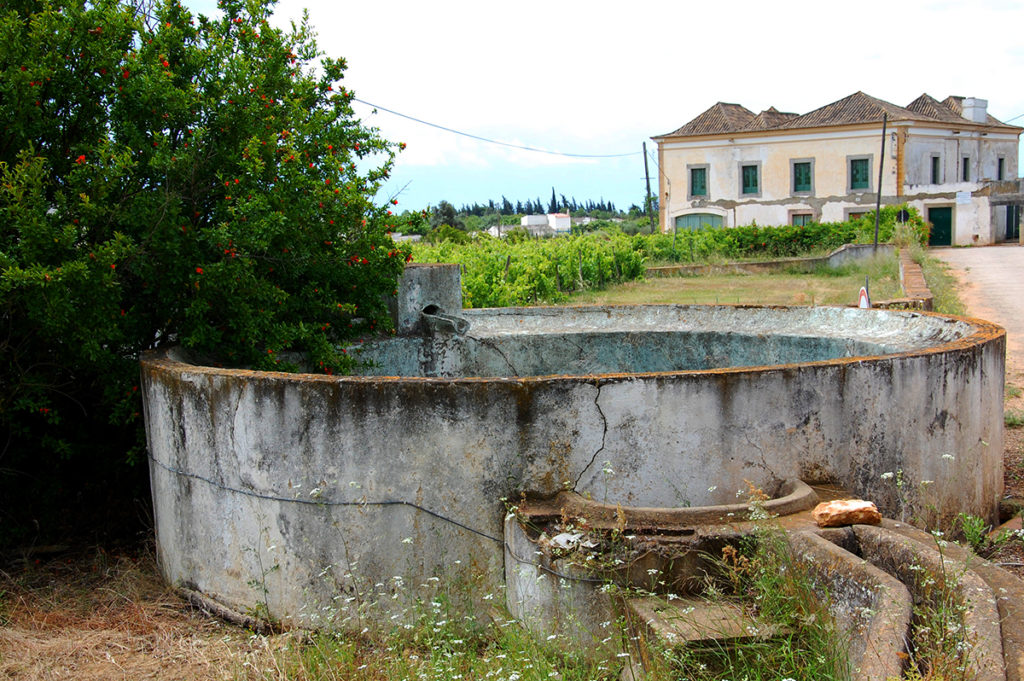
But let's go by parts.
The work in question will be carried out within the scope of the electrification of the Algarve Line and 'will make it possible to permanently close the road level crossing adjacent to the Tavira Station, leaving it only for pedestrians, which will ensure increased safety, not only for the railway infrastructure, but especially for local populations», according to Infraestruturas de Portugal (IP), which will carry out the intervention.
The same company, contacted by Sul Informação, clarified that, in an initial phase, two alternatives were presented to the Chamber of Tavira.
«One of the solutions (A) studied foresaw that the southern restoration would occupy a private path (of the CEA) existing between the hypermarket [Lidl] and the facilities of the Regional Directorate of Agriculture and Fisheries – Agricultural Experimentation Center and ending at the roundabout of the Largo da Estação”, revealed the IP.
«The other solution (B) presented, and which had the agreement of Tavira City Council, is developed in a straight line up to the roundabout at Rua Dr. Fausto Cansado [next to EB 2,3 D. Manuel I], occupying land of the Regional Directorate of Agriculture and Fisheries», he added.
Ana Paula Martins, mayor of Tavira, who has been in office since October and was previously vice-president of the municipality, assured the Sul Informação not having participated in the meetings between the municipality and IP. "I learned later that this was the decision and that it would have been because of taking the traffic out of the city, but I was not connected to the process," she said.
Infraestruturas de Portugal, for its part, states that the City Council opted for solution B “because it was the one that best suited the city's Urban Planning and Management. Within this framework, it also proposed several improvements, namely in terms of sidewalks and clickable lanes».
Recently, Ana Paula Martins tried to sit down at the table with the company, «to see if there are alternatives and if the process can still be reversed», but the response she received from IP was that there can only be talks after the Portuguese Agency of the Environment to pronounce on the Environmental Impact Assessment of the work.
«When I arrived, about a year ago, the situation was already at a stage where there was a crossing and only one path on the table. At an earlier stage of the process, according to what was communicated by the IP, there was another project. Now, the alternative route was not good for us either, because it would put us there in a kind of bunker, since the property would be surrounded by road on all sides», said, for his part, Pedro Valadas Monteiro.
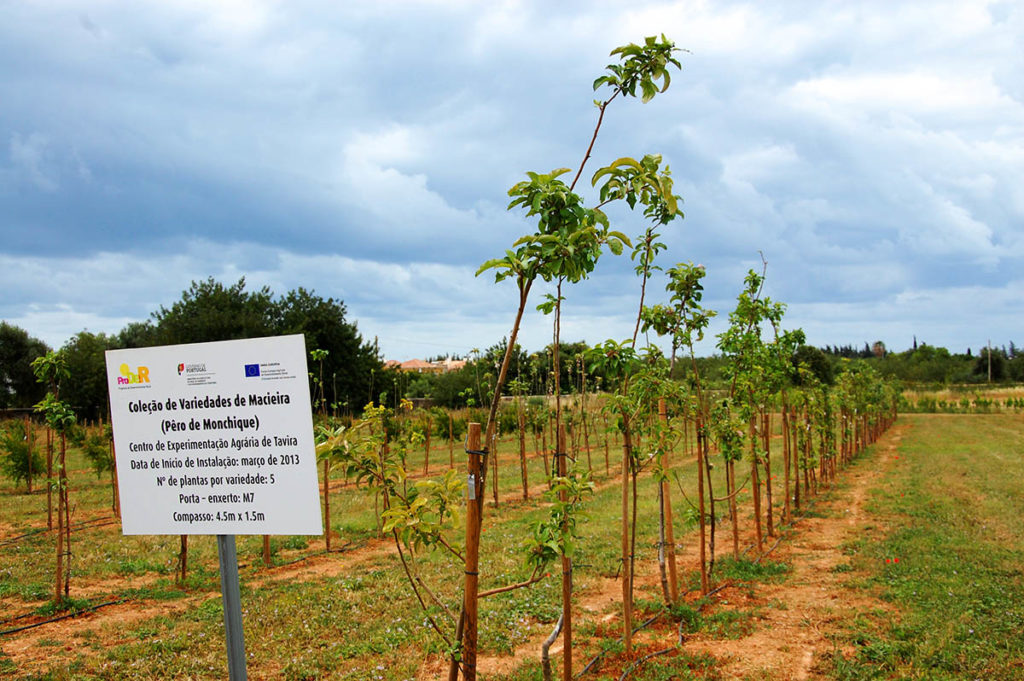
With the project being the subject of an Environmental Impact Assessment – the study has already been under public consultation, but there is still no final decision – the CEA of Tavira will be divided into two, with «a quarter of the property on one side of the road and three quarters of the other. The area that will be to the north, where the head office is located, has about 4,5 hectares. The one to the south has around 24,5 hectares». It is in this second installment that the fruit trees are located, which will not be “minimally affected”.
"At plant material collections, that is, the germplasm bank, the traditional fruit trees, the ampelographic of the vine – wine grapes and table grapes –, as well as the most emblematic buildings, namely the headquarters building, those for professional training and the building that exists there in low, which has been designed for a long time to house the Algarve's Agricultural Museum, none of this is achieved. Everything is unscathed», assured Pedro Valadas Monteiro.
IP also assures that «it was assured with the contacts developed with these entities that the road layout does not affect, in any way, the collections and the repository of native species of which the CEA of Tavira is faithful depository and that are located in other areas of this region. center".
The only things that are affected, says the regional director of Agriculture and Fisheries “are some greenhouses that have already been abandoned and of which only the frames remain, an irrigation system installed on the land in question and five prefabricated sheds, which were used over time. of the construction of the Sotavento irrigation perimeter, which are derelict and had to be removed – the only reason it hasn't been yet because we haven't had the conditions yet».
“It is a living heritage that is there. This center is unique. It is the result of decades of work by employees of the Regional Management and Algarve producers, in signaling, collecting, transplanting and characterizing those varieties that are found there, which are part of the Algarve's cultural heritage», he believes.
"That's why I think this mobilization that is taking place is very important, whether from civil society or local authorities, or from a large group of actors - ministries and not only -, who awaken to the interest and to the unique it is the center and for how important it is to defend and rehabilitate it», added Pedro Valadas Monteiro.
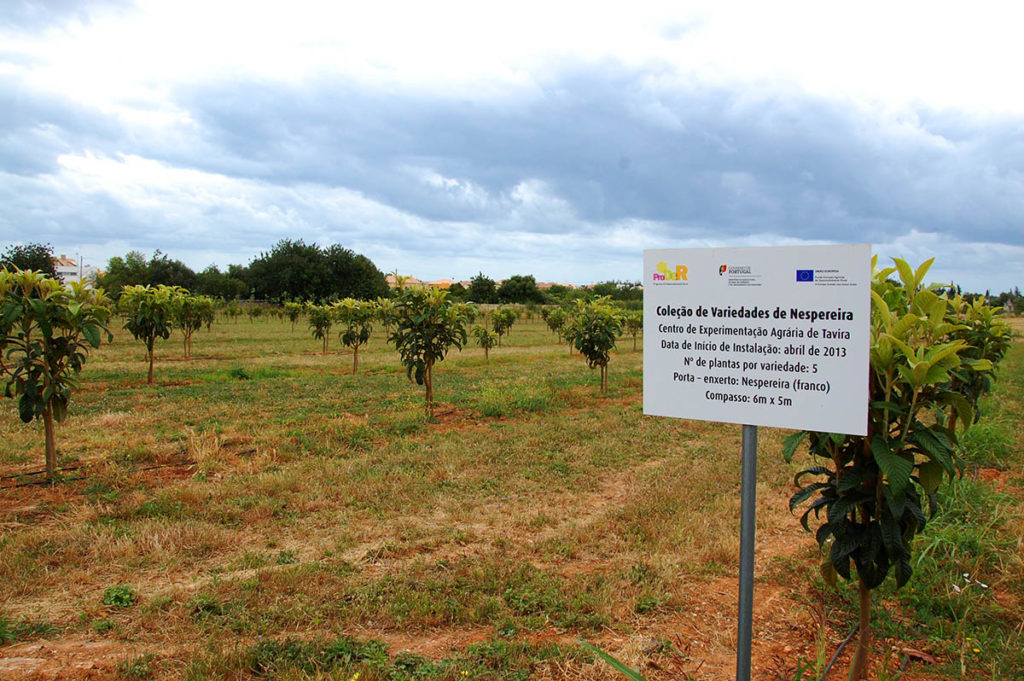
The Citizens' Movement for the Defense of CEA Tavira, on the other hand, speaks of a process "decided behind closed doors, by public entities and regional political decision makers and the central administration, without transparent consultation and due public discussion".
For defenders of the center, what is at stake is «the disintegration of an agricultural field of scientific experimentation, with a collection of fruit trees that the Environmental Impact Study (EIA) itself classifies as “unique”, as well as the destruction of its five laboratories. At issue is the partial expropriation of land, which today belongs to CEA Tavira, and the consequent fragmentation of this property».
They even talk about opening a door for speculation and real estate interests.
Accusations that are refuted by the president of the Chamber of Tavira, who assured the Sul Informação that it has no intention of allowing the urbanization of this area and that the Chamber's interest is that the existing collections be preserved.
“By the way, the Chamber has been trying to extol fruit trees and promote guided tours of this heritage for a long time,” said Ana Paula Martins, who praises the emergence of the movement, regretting only “that it did not appear before”.
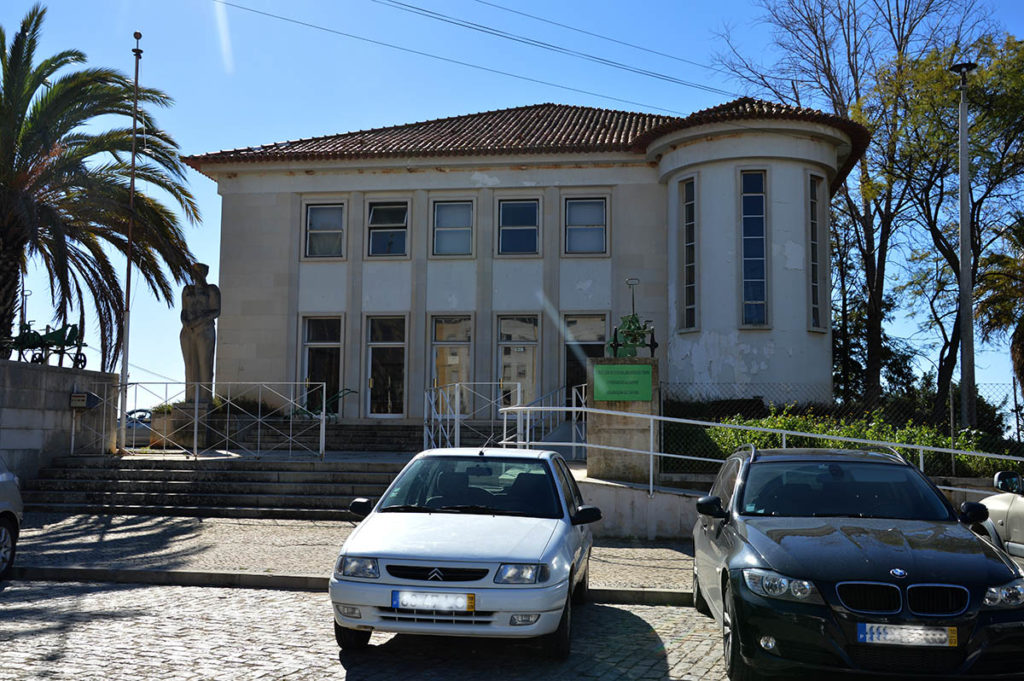
However, DRAPAlg has many plans for this center, which have been hampered by the lack of financial and human resources. Hence, this entity has taken advantage of the realization of this work to ask for something in return.
“We, in public consultation, asked for a series of mitigation measures. We had already put in place, at an early stage, a series of conditions, which were now better broken down», summarized Pedro Valadas Monteiro.
And the requirements include the «rehabilitation of the headquarters building, which is already very old, where we have the idea of installing the physical space of the Quinta de Ciência Viva, in collaboration with Câmara de Tavira and the national network of Ciência Viva Centers» , as well as “the buildings, which will be to the south of the road, which have always been dedicated to Vocational Training in Tavira. Our idea is, once again in partnership with the municipality, to create the Mediterranean Diet Interpretation Center there».
«All of this, always in connection with the collections of regional fruit trees, which will be further south, farther from the road that will be built. Of course, we are asking for the replacement of the fences and the creation of an uneven access inside the property, only for the internal traffic of vehicles, as well as tree curtains, because of the issue of visual and noise pollution. Further south, there is a building that has always been designed to house a Regional Agrarian Museum. Our intention is for this building to be restored and this museum installed once and for all».
Ana Paula Martins says she is ready “to invest in the center” and says she has already asked for a meeting with the minister of Agriculture to talk about the future of CEA in Tavira.
«We have this partnership with the Ciência Viva Center in mind, linked to the Mediterranean Diet. We have already talked about it, but there is still no concrete project», said the mayor of Tavir.
As for the interpretive center and the museum, “there is already a signed protocol. But, for me, it would make sense for everything to be integrated into a single project, even due to a question of scale and sharing of means between the different spaces», he defended.
At this moment, much depends on the opinion that the APA gives to the project EIA, although it is certain that there is a group of attentive citizens, who promise to use "all legal means at their disposal" to stop the progress of this road and will demonstrate against the Tavira CEA on March 13th, at 17 pm.
Photos: Elisabete Rodrigues|Sul Informação
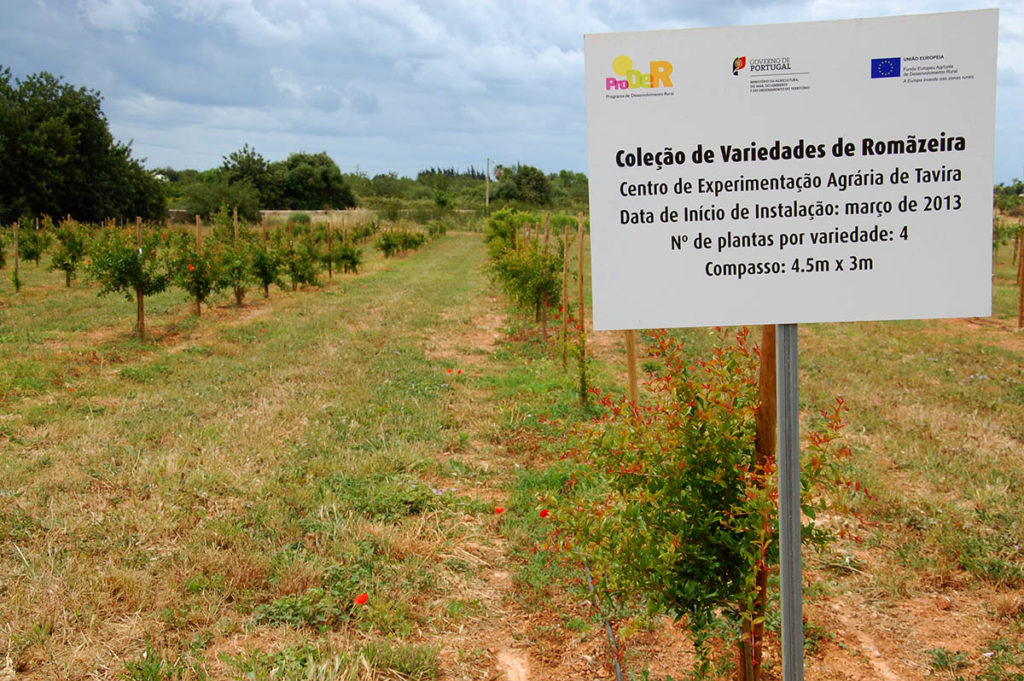
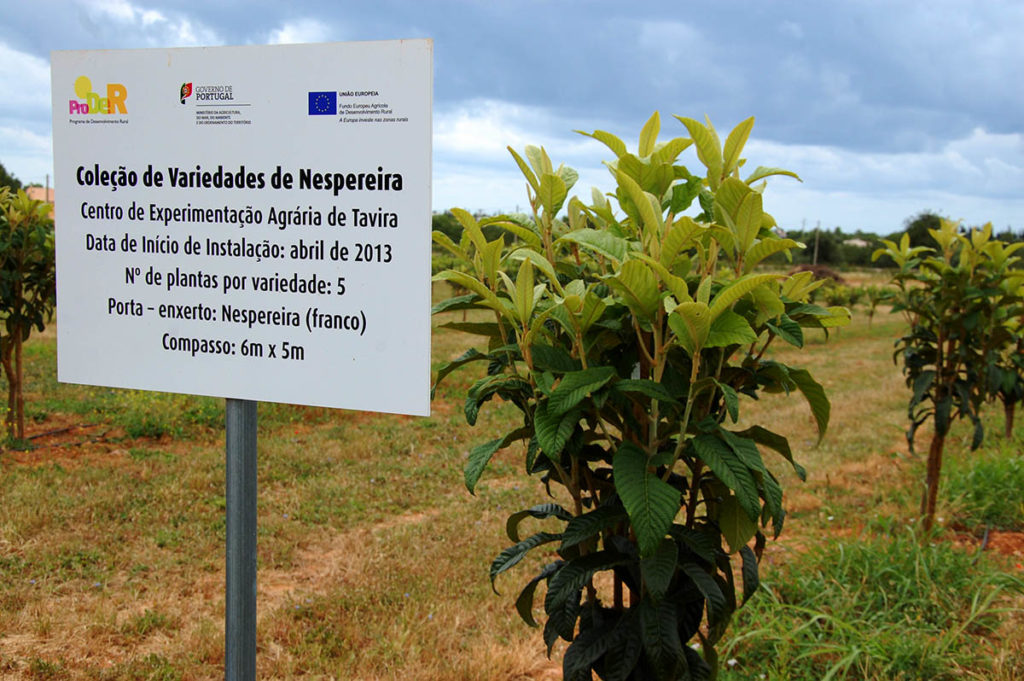
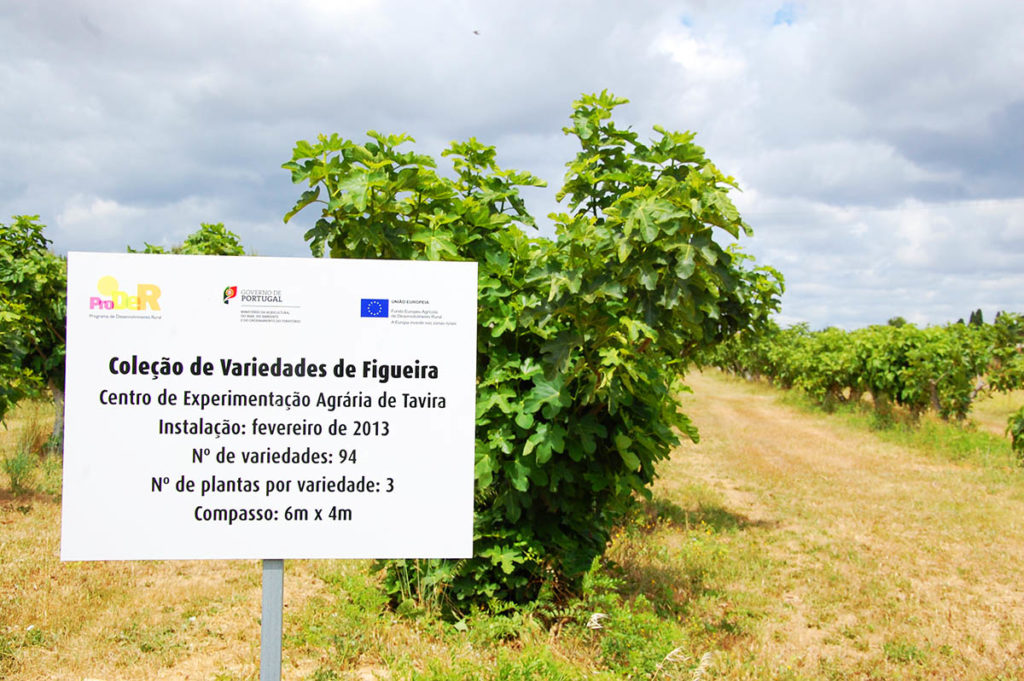


















Comments